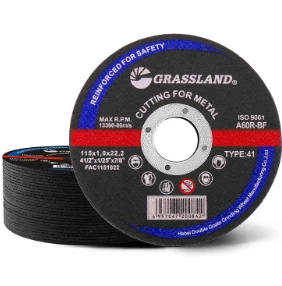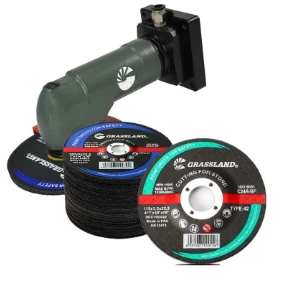

The cup wheel is another specialized form, often used in operations requiring aggressive material removal. These are especially useful in applications like tool sharpening and resurfacing. Their design allows for high-volume grinding, making them efficient for large-scale workshops where productivity is key. When selecting a grinding wheel, consider the bonding material as well, as it significantly influences the wheel's operation. Resin bond wheels, for example, offer flexibility and shock resistance, making them ideal for high-speed operations. Conversely, vitrified bond wheels are known for their rigidity and strength, suitable for precision grinding. Safety is paramount when working with grinding wheels. Proper training in the handling and storage of these tools is essential to prevent accidents. Regular checks for wear and damage can mitigate risks and prolong the life of the wheels. Personal protective equipment, such as eyewear and gloves, is also critical to safeguard against the hazards of flying debris and dust. In conclusion, the diversity in grinding wheel types caters to a wide range of industrial applications, each with distinct advantages. By selecting the appropriate wheel for your specific needs and maintaining stringent safety measures, you can enhance efficiency and ensure a safe working environment. With evolving material science and manufacturing techniques, the development of more advanced grinding wheels continues, promising greater precision and performance in the future.
Post time:Jan - 13 - 2025

















